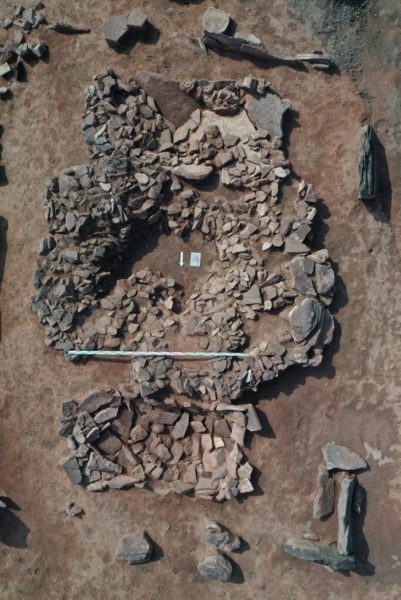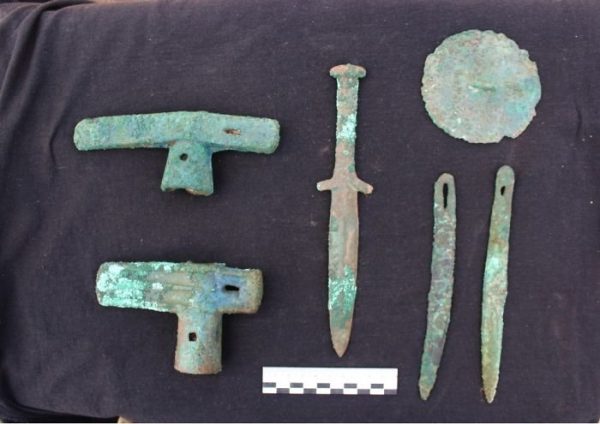Archaeologists in Siberia have made a remarkable discovery of a 2,500-year-old grave containing the remains of an ancient warrior couple. The burial site, believed to shed light on the lost Scythian civilization that existed in the region of modern-day Russia until around 2,200 years ago, is extraordinary for several reasons.

The couple, thought to be spouses, both died in their 30s and were buried alongside a newborn and an elderly servant woman, who likely passed away in her 60s. Remains of the buried individuals were scattered throughout the grave, likely due to rodent activity consuming the flesh of the deceased.
What makes this discovery particularly unusual is that the warrior woman was buried with the same weaponry as the man, challenging conventional views on the burial practices of female warriors.
While other graves from the same time and location typically feature female warriors with long-range weapons like bows and arrows, the woman in this newly discovered grave was equipped with a long-handled weapon, possibly a hatchet or an axe, and a short sword.

The male counterpart in the couple had an impressive array of weaponry, including two axes, two bronze daggers, and a bronze mirror. According to Dr. Oleg Mitko, the head of Archaeology at Novosibirsk State University, the burial is remarkable for its authentic bronze weaponry and the presence of close combat weapons in a female grave, suggesting she was part of a warrior stratum.
The elderly servant woman was found in a crumpled position below the couple’s feet, and she lacked personal wealth, having only a broken comb and a small ceramic vessel. Larger ceramic vessels filled with mutton and beef were also discovered in the grave, indicating the burial customs of providing goods and food for the afterlife.

All individuals in the grave belonged to the Tagar culture, a part of the Scythian civilization. Historical records from ancient Greek historian Herodotus mention the Scythians and their young female warriors.
While it was initially believed that young women would cease being fighters after marriage, archaeologists suggest that both men and women participated in hostilities, and violence was an acceptable and legal means of problem-solving in that society.

Despite the absence of battle wounds, researchers consider the possibility that the four individuals may have succumbed simultaneously to the same infection. The inclusion of the elderly servant in the burial suggests a belief in continued service and care in the afterlife.





